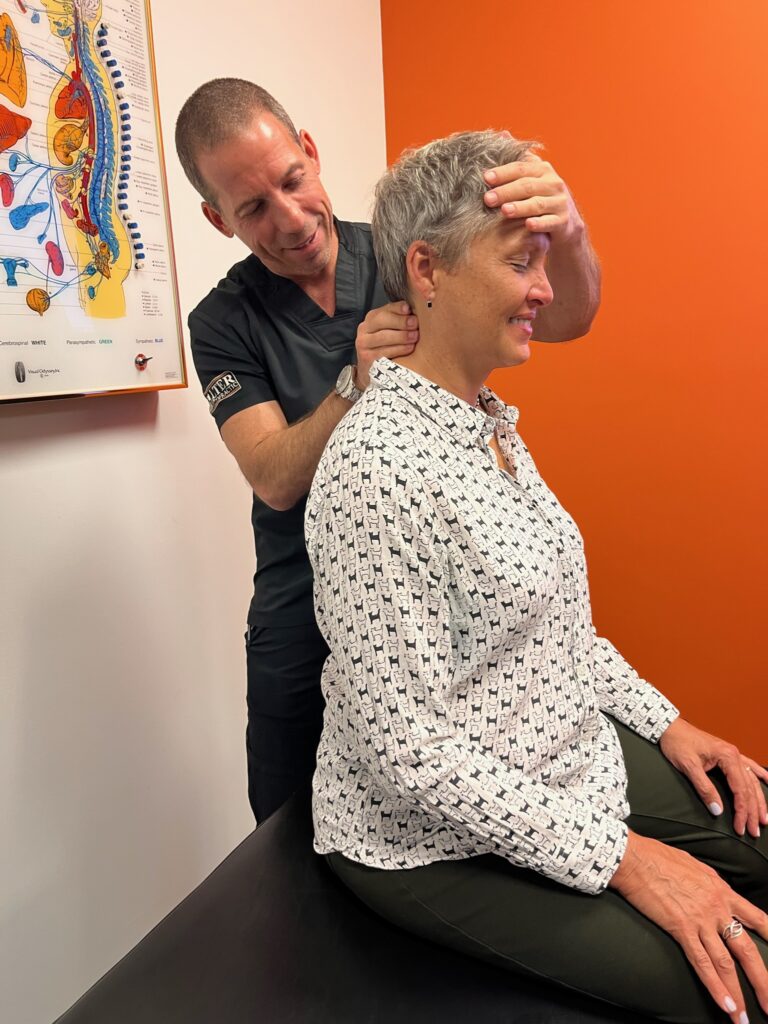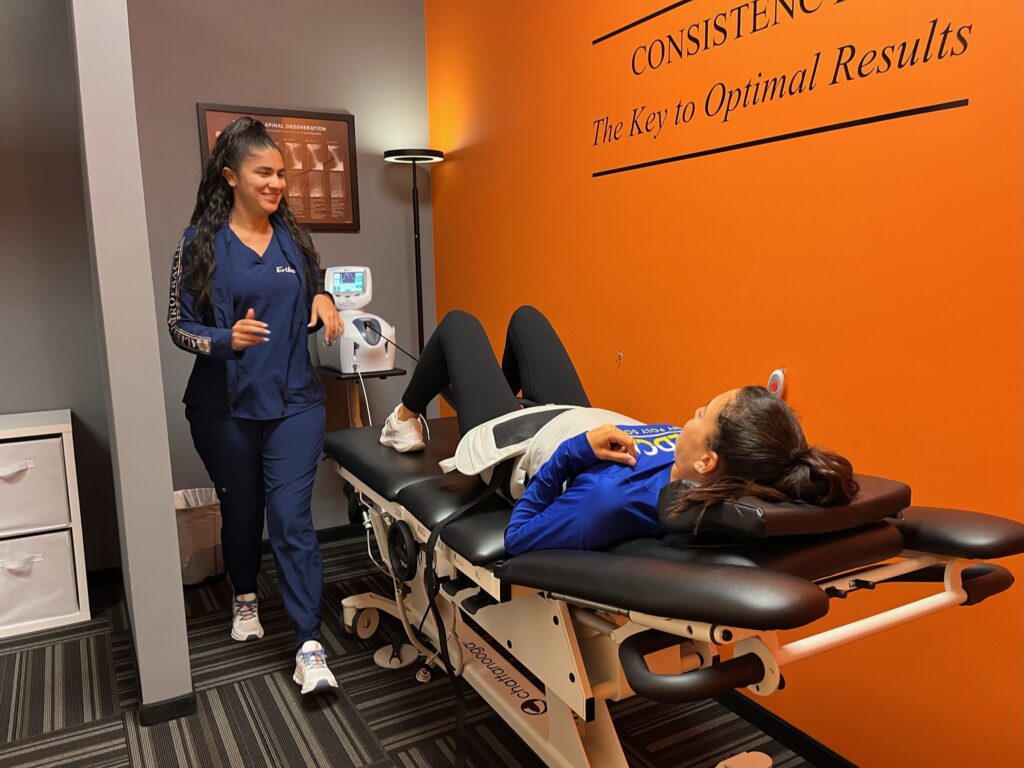Millions of people experience back pain every year, but not all back pain is the same. Sciatica and lower back pain are two of the most common culprits, yet they require different approaches for diagnosis and treatment. Understanding the unique characteristics and symptoms of each can dramatically improve the effectiveness of the treatments and the quality of life for those affected. In this blog post, we will delve into the critical differences between sciatica and lower back pain, highlighting how to recognize each and the best ways to manage and treat these conditions.
The journey towards a pain-free life begins with knowledge. By exploring the causes, symptoms, and treatment options for sciatica and lower back pain at Alter Chiropractic, individuals can better communicate their experiences to healthcare providers, ensuring a more targeted and successful treatment plan. Whether you’re dealing with sharp, shooting pain that radiates down your leg or a persistent ache in your lower back, understanding these conditions is the first step to recovery. Let’s break down these common yet often misunderstood back issues, equipping you with the information needed to take control of your health.
Understanding Lower Back Pain
Lower back pain is a broad term used to describe a variety of discomforts occurring in the lumbar region, which comprises the lower five vertebrae (L1-L5) in the spine. It can be acute, lasting a few days to weeks, or chronic, persisting for more than three months.
Causes of Lower Back Pain
- Muscle or Ligament Strain: Repeated heavy lifting or a sudden awkward movement can strain back muscles and spinal ligaments.
- Bulging or Ruptured Discs: Discs act as cushions between the bones (vertebrae) in your spine. The soft material inside a disk can bulge or rupture and press on a nerve.
- Arthritis: Osteoarthritis can affect the lower back. In some cases, arthritis in the spine can lead to a narrowing of the space around the spinal cord, a condition called spinal stenosis.
- Skeletal Irregularities: A condition in which your spine curves to the side (scoliosis) can lead to back pain, but generally only if the scoliosis is severe.
- Osteoporosis: Your spine’s vertebrae can develop painful fractures if your bones become porous and brittle.
Symptoms of Lower Back Pain
- Persistent aching or stiffness anywhere along your spine, from the base of the neck to the hips.
- Sharp, localized pain in the neck, upper back, or lower back, especially after lifting heavy objects or engaging in other strenuous activity.
- Chronic ache in the middle or lower back, especially after sitting or standing for extended periods.
Understanding Sciatica
Sciatica is a specific type of pain affecting the sciatic nerve, which extends from the lower back down the back of each leg. This condition is often symptomatic of an underlying medical issue involving the nerve, such as a herniated disk.
Causes of Sciatica
- Herniated Disk: The most common cause of sciatica is a herniated disk or bone spur on the spine that presses on part of the nerve.
- Nerve Compression: This can occur due to issues such as spinal stenosis, which narrows the part of the spine where nerve roots are located.
- Piriformis Syndrome: This develops when the piriformis muscle, a small muscle located deep in the buttocks, becomes tight or spasms, putting pressure on the sciatic nerve.
Symptoms of Sciatica
- Lower back pain that radiates down the buttock and back of one thigh.
- Pain that extends from your lower back to your foot.
- Numbness, tingling, or muscle weakness in the affected leg or foot.
- Pain that feels better when lying down or walking, but worsens when standing or sitting.
Differentiating Sciatica from Lower Back Pain
Although sciatica can cause back pain, there are key differences in the symptoms that can help differentiate it from general lower back pain:
- Pain location: Sciatica typically affects one side of the body. Pain travels from the lower back through the buttock and down the leg. In contrast, general lower back pain is usually centralized and does not radiate down into the legs.
- Type of pain: Sciatica pain is often described as a sharp or burning sensation and can be accompanied by tingling or numbness. General back pain is more often a dull, aching sensation.
- Triggered activities: Sciatica pain can be exacerbated by sitting for long periods or during sudden movements such as sneezing or coughing. Lower back pain might be more consistently present and aggravated by activities that strain the back, like lifting heavy objects.
Diagnosing Sciatica and Lower Back Pain in Delray Beach
Accurate diagnosis starts with a patient history and physical examination. During the examination, Dr. Ryan Alter might check your muscle strength and reflexes. For example, you might be asked to walk on your toes or heels, rise from a squatting position and, while lying on your back, lift your legs one at a time. Pain that results from sciatica will typically worsen during these activities.

Treatment Options for Sciatica and Lower Back Pain
Sciatica and lower back pain can be treated using a variety of methods depending on the severity and underlying cause of the pain. Here are some common treatment options:
Alternative Therapies
- Acupuncture: Involves the insertion of thin needles into specific points on the body, which might help relieve pain.
- Chiropractic care: Adjustments and manipulations by a best chiropractor in Delray Beach can sometimes relieve pain by taking pressure off nerves and restoring better alignment.
Self-care and Lifestyle Changes
- Exercise: Regular, gentle exercises like walking or swimming can help reduce inflammation and pain.
- Heat and Cold Packs: Applying heat or cold packs to the lower back can help reduce pain and inflammation.
- Proper Posture: Maintaining proper posture during sitting, standing, and sleeping can alleviate and prevent pain.
Physical Therapy
Physical therapy is often one of the first treatments recommended. It involves exercises that strengthen the muscles around the lower back and improve flexibility. Physical therapists can also teach proper mechanics for movement that reduce the risk of further injury.
Medications
- Pain relievers: Over-the-counter pain medications such as ibuprofen or acetaminophen can help reduce inflammation and pain.
- Muscle relaxants: If muscle spasms are a part of the pain, a muscle relaxant may be prescribed.
- Anti-inflammatory medications: For more severe inflammation, prescription nonsteroidal anti-inflammatory drugs (NSAIDs) might be used.
- Nerve pain medications: Drugs like gabapentin or pregabalin can be prescribed to help manage the nerve pain associated with sciatica.
Choosing the right treatment depends on factors like the duration and severity of pain, and any underlying health conditions. It’s essential to discuss all available options with a healthcare provider to determine the best course of action tailored to individual needs.
Recognizing and Treating Sciatica and Lower Back Pain in Delray Beach
Understanding the distinction between sciatica and lower back pain is essential for seeking the right treatment and alleviating discomfort effectively. While both conditions may seem daunting, recognizing whether the pain is centralized or radiating can guide you towards the correct diagnosis and subsequent relief. For residents of Delray Beach seeking expert advice and personalized care, Alter Chiropractic, located at Delray Beach, is your go-to clinic. You can reach us at (561) 819-2225 to schedule an appointment with our specialists who are committed to helping you regain comfort and mobility.
At Alter Chiropractic, we prioritize your health and well-being, using a blend of advanced diagnostics and tailored therapeutic strategies to address your specific needs. Whether it’s managing sciatica with targeted physical therapy or alleviating lower back pain through comprehensive treatment plans, our dedicated team ensures you receive the highest standard of care. Remember, enduring pain isn’t a necessity; with the right help, living a pain-free life is within your reach.





